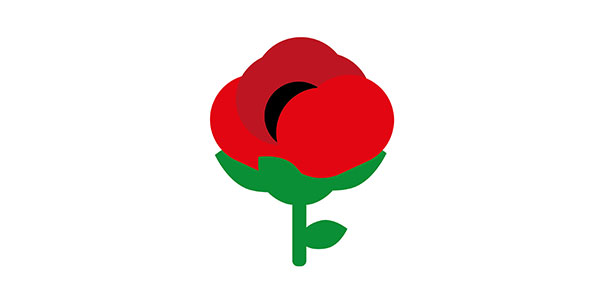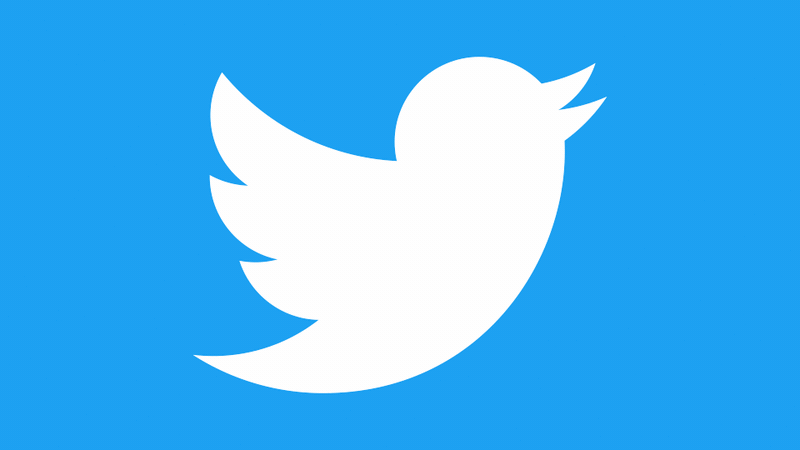On Friday, Nov. 1, The Royal Canadian Legion and the social networking company Twitter unveiled a custom-designed poppy emoji to help raise awareness of Remembrance Day and encourage people to support the Legion’s poppy campaign.
The Legion gave approval to Twitter to use the poppy symbol, which the Legion holds the trademark to, and Twitter designed the emoji. (An emoji is a small digital image or icon used to express an idea or emotion.) The initiative also has the approval of The Royal British Legion and the Australian Department of Veteran Affairs.
“The poppy is such an important symbol,” said Amanda Kitts, client account manager with Twitter Canada, “but there are global variations. We also realized there is a global, organic conversation happening that we want to bring attention to.”
“The Legion’s presence on social media has increased in recent years,” said Dion Edmonds, the Legion’s Deputy Director, Marketing and Communications. “The introduction of the custom poppy emoji will create even greater awareness and we are excited about that.”

The poppy emoji is separate from the Legion’s own digital poppy campaign (https://mypoppy.ca), said Edmonds. “But it is an indication of how we are doing more in the digital space to increase awareness and support of veterans and their families.”
The poppy emoji will be automatically added to tweets when Twitter users include any of the following globally approved hashtags: #RemembranceDay #ArmisticeDay #LestWeForget #WeWillRememberThem #SaluteOurForces #BehindThemAlways #RemembranceSunday #GetYourPoppy #PortezUnCoquelicot #TwoMinuteSilence #ThankYouForYourService #TYFYS
Advertisement











